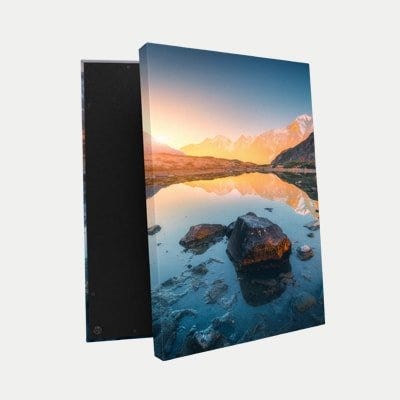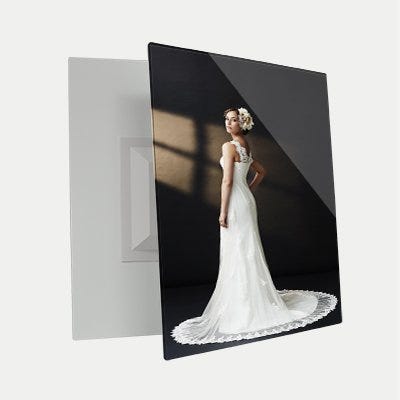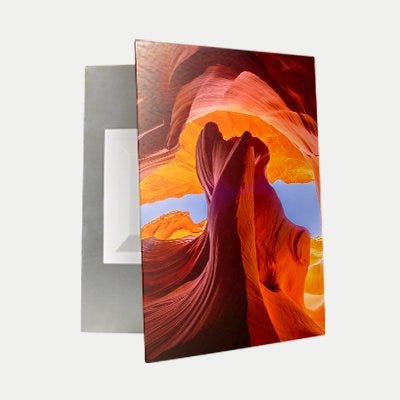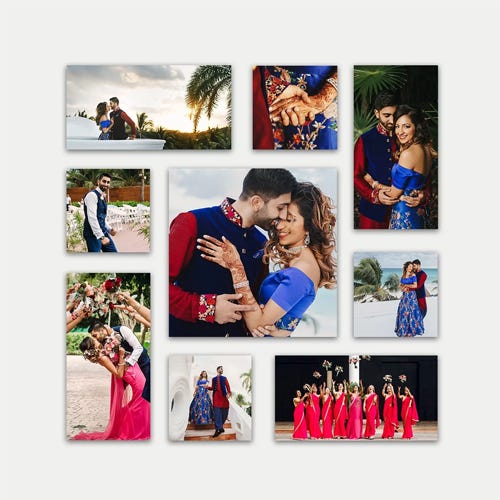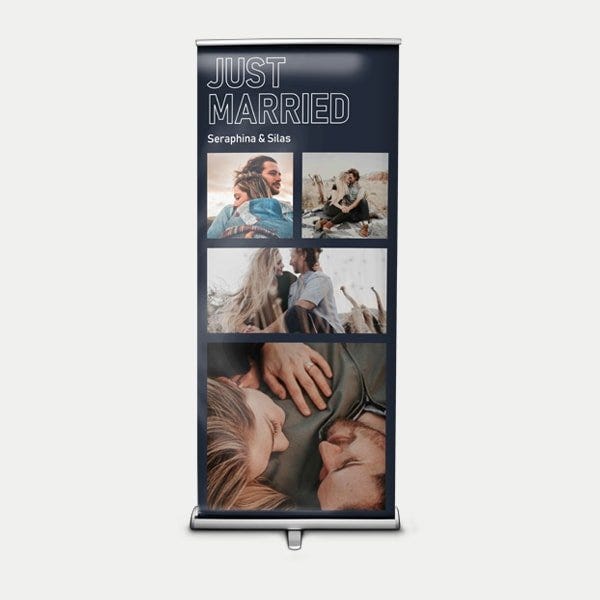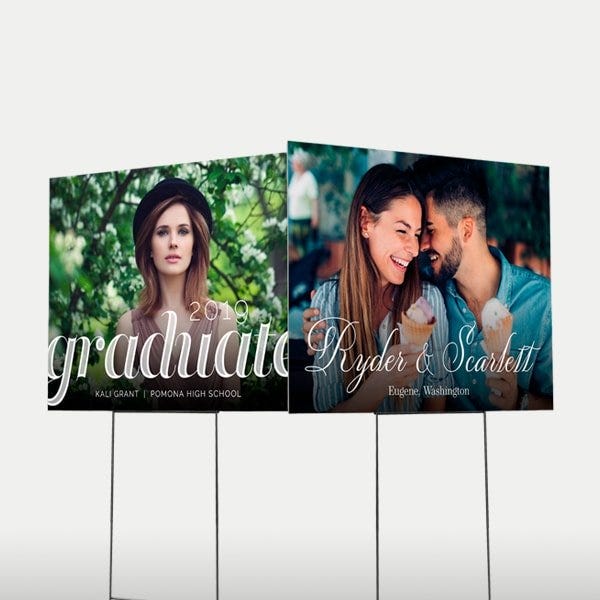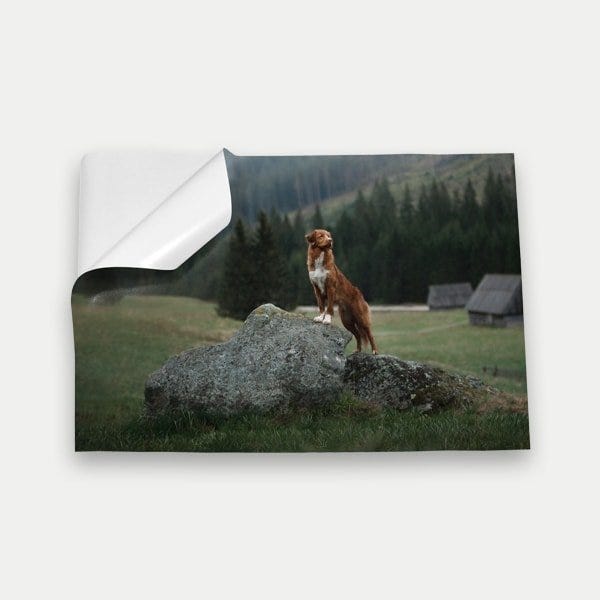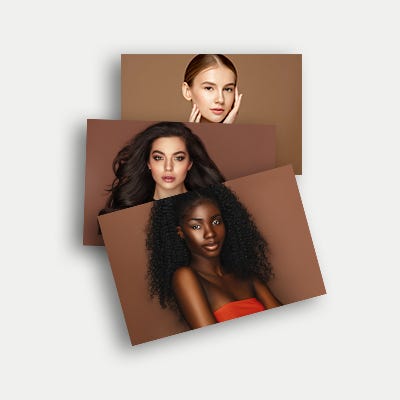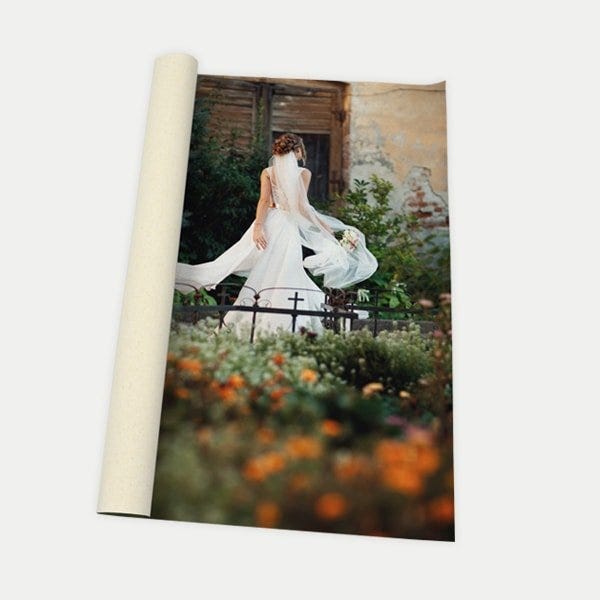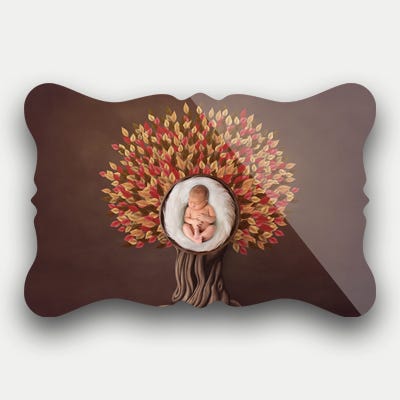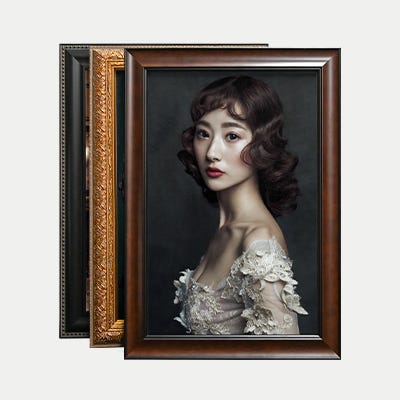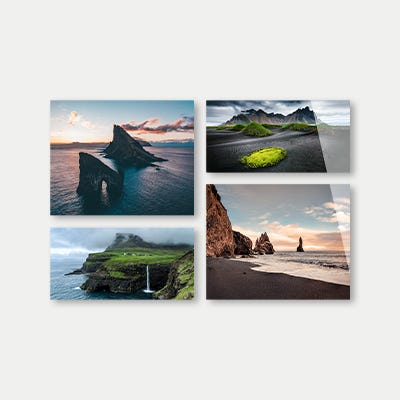Six Processing Styles for the Modern Wedding Photographer

One of the essential steps in photography post-production is image processing. Processing photos enables photographers to develop consistent imagery and helps develop a specific style to resonate with their clients. While I always recommend getting photos as perfect off the camera, some editing is required to help adjust tones and create recognizable images associated with the photographer’s brand. There are dozens of popular processing styles and trends, but below are some of the more popular ones in recent years. For this processing style comparison, we’ll be showing six edits of the same photograph to provide a visual representation.
Here is the image, straight off of the camera, that we will be processing in this post.
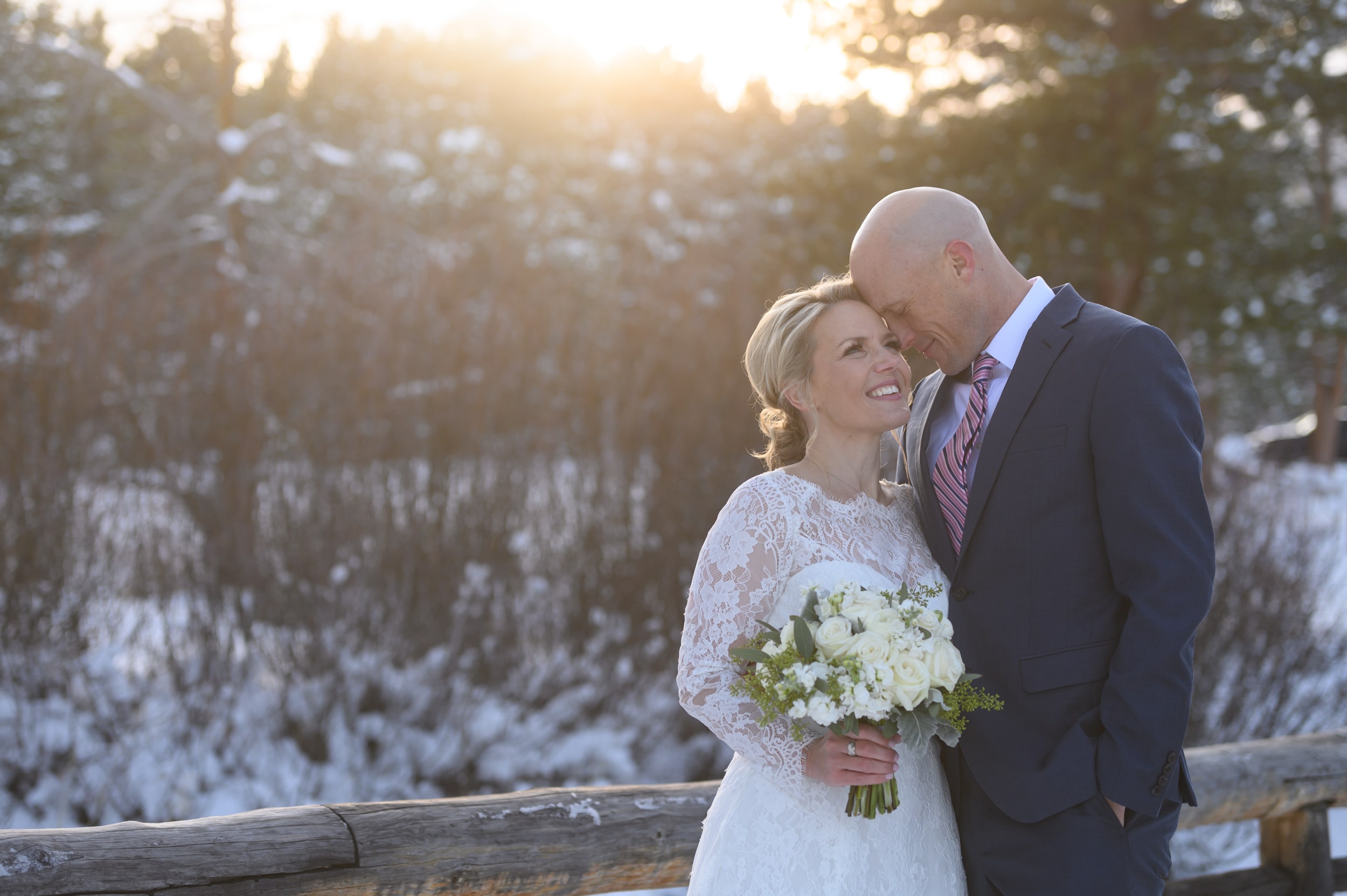
Dark & Moody:
The “Dark and Moody” look is a very fitting name for this type of processing style. It’s become quite popular in the past five years, with the most common associated features being dark, muted skin tones, desaturated colors, and a touch of haze for a matte-look. Dark and Moody images bring a mysterious feel to images and is an excellent choice for adding a bit of emotion to a photograph. The photographers that shoot in this style commonly (but not always) rely on natural-light as their primary technique for exposing images.
To edit photos in this style, start by making global adjustments to the image, decreasing contrast, bringing down shadows, slightly decreasing the image saturation, and bringing down highlights. To get the signature look associated with this Dark and Moody style, many adjustments to each of the individual RGB channels in the Tone Curve (Lightroom) will need to be made. Fine-tune until the desired look is achieved.

Light & Airy
Arguably, the most popular wedding processing style, light, and airy photographs consist of warm color temperatures, soft skin tones, and over-exposed background highlights, which makes it an excellent choice for wedding photographers. Light and airy is one of the most sought-after processing techniques for photographers that rely primarily on natural light. It’s common to see these types of images shot with prime lenses for a shallow depth of field to help draw more attention to the subject and remove distracting elements from the background or foreground.
To achieve this processing style, start by making global adjustments increasing the shadows, slightly increasing the overall exposure, and warming up the white balance. This style relies heavily on how the image is shot straight off the camera, so it’s essential to look for soft light and backlit situations.

Matte-Look
This style is an excellent option for those looking to get a dated, retro-feel to their photographs. This processing style can be applied to a wide variety of shooting methods and techniques, which makes it versatile for a variety of portrait photographers. The most noticeable trait is a slight haze over the image, lending itself to that retro-look. Some photographers will also elect to intentionally add some grain to the image to further that film-feel.
For this process, the global adjustments needed to be made are decreasing the Dehaze slider (Lightroom), decreasing contrast, increasing shadows, and decreasing highlights and saturation. Additionally, making slight adjustments to the RGB channel in the Tone Curve will help further the matte-look.

Bold & Vibrant
Images processed in this style have bold and vibrant colors, as suggested in the name. There’s contrast between the highlights and shadows, which gives photos a “punchy” look and accentuates the natural colors in a scene. While the tones are rich, they’re not overly saturated to maintain an authentic feel. Bold & vibrant is a popular style for photographers that love to use off-camera flash because they can quickly darken the blacks in a scene by underexposing the ambient light aiding the bold and vibrant feel in post-production.
The image adjustments you’ll want to make to achieve this look are decreasing blacks, decreasing highlights, increasing the image vibrance, and increase the contrast.

High Contrast
High contrast is a straightforward processing style that can transform an image to look punchy, sharp, and provide depth. Adding contrast to any image will automatically reduce some haze by creating more noticeable separation between colors making the overall image appear clearer than straight off the camera. However, some caution should be used with high contrast processing, as adding too much can create some unnatural skin tones and muddled shadows.
Processing this style is easy - adjust the contrast slider in Lightroom (or your editing software of choice) to your liking. From there, you can also make some slight adjustments to the black, shadow, and Dehaze sliders.

Black & White
And finally, black and white images are a fantastic choice for photojournalists because they lend themselves well to focusing on moments at hand. As a result, this is an excellent style for those who may not want to apply this process every photo, but looking to enhance the emotions portrayed in a scene.
Because there are so many ways to process a black and white image, there’s no standard way of doing so. High amounts of contrast can be applied to give a dramatic, moody look, or the shadows can be increased to provide a flat, matte feel. There are thousands of presets available online or create your own.
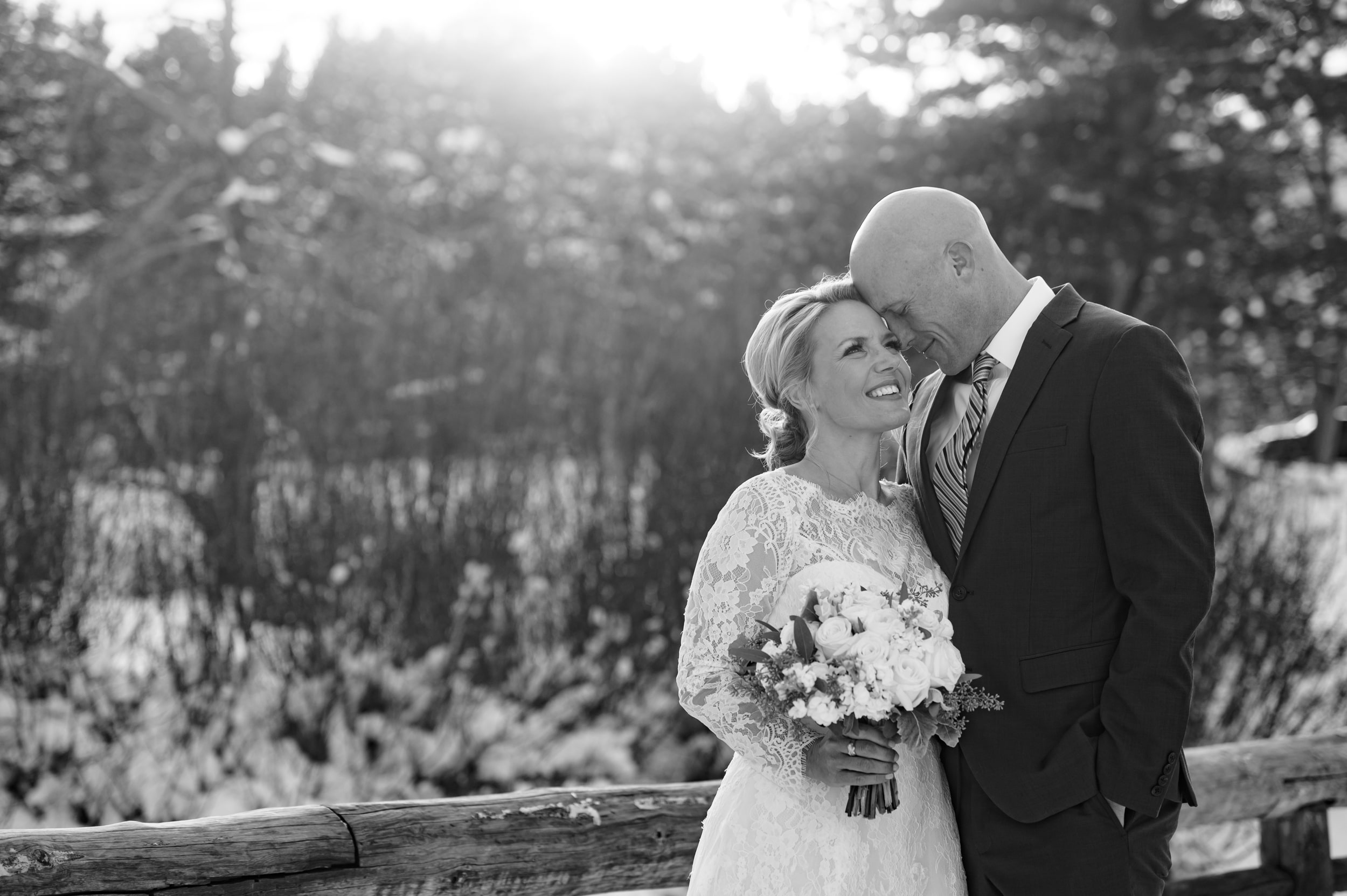
About the author
Sean Lara is a wedding and portrait photographer based in Fort Collins, CO. He and his wife Lyssa co-manage Lara Photography and focus on environmental portraiture.
https://seanlara.com

